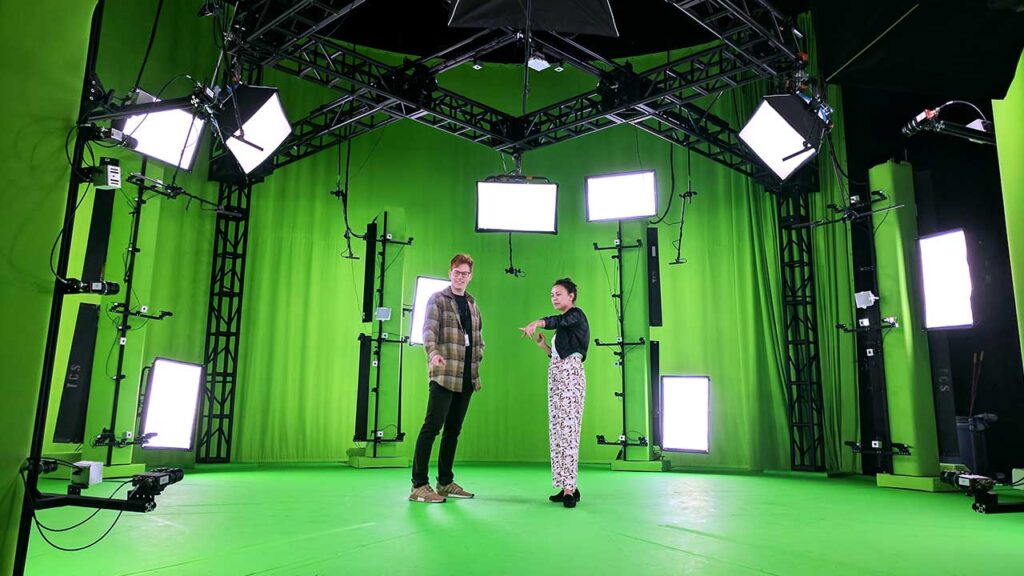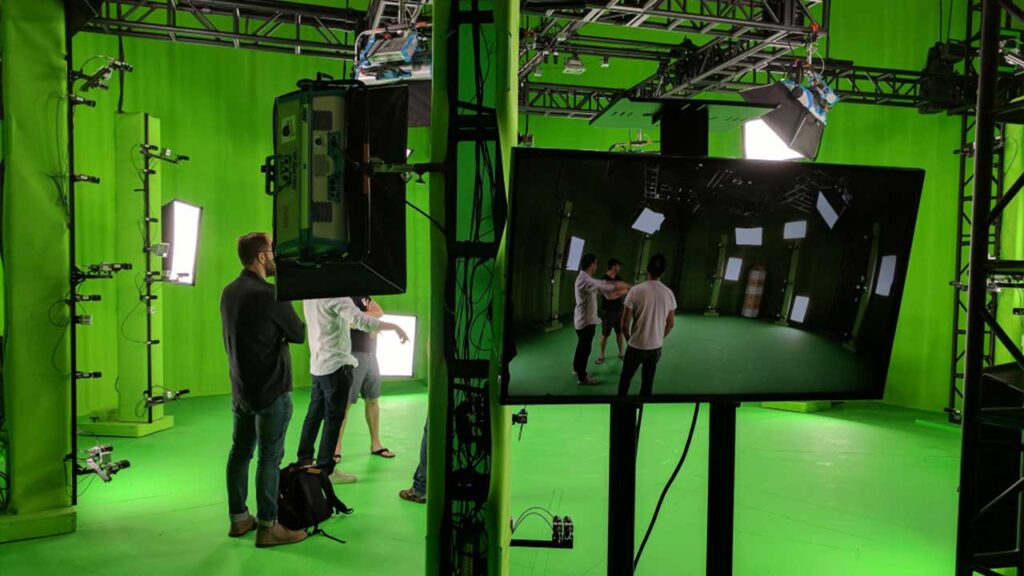The 3D holographic technology, an experience hitherto reserved for Hollywood special effects, is spreading more and more with the evolution of the Metaverse. In this context, Metastage is one of the leading American companies capable of building immersive mixed reality experiences thanks to its volumetric projection technology. In the Los Angeles studio has 106 cameras (infrared and RGB) and, since its foundation in 2018, it has created over 200 productions, bringing fashion shoots during New York Fashion Week directly to private living rooms, or creating Snapchat’s first volumetric lens capable of conjuring up one of the scary characters from a horror movie on the small screen of a mobile phone.
“Volumetric projection consists of filming an artist’s performance with a series of cameras from every possible angle, then reproducing an exact replica, virtual or digital, of that performance and placing it in an immersive space,” he said. Skylar Sweetmanresponsible for the production of Metastage.

The pandemic has helped accelerate XR experiences since artists and athletes could not perform in front of a live audience. Sweetman continues, “the volumetric projection has allowed the artists to continue performing: if I can’t go to see my favorite singer, I can watch her holographic performance in streaming on my mobile, made with virtual technologies, directly on the sofa at home” . During the lockdown, athletes also looked for new ways to engage fans. For example, thanks to an immersive experience, fans were able to interact with their favorite football players by pointing their cell phones at AT&T Stadium in Dallas, Texas.
Volumetric projection unleashes incredible connection potential in the Metaverse, changing the way people interact with each otherthey travel to new places and experience new experiences.
“There is a lot of talk about the Metaverse, but in reality now it is about providing innovative services,” he commented Judd Kim, one of the co-founders and creative director of Trigger XR, a Los Angeles-based developer studio and mixed reality agency that has partnered with Metastage on multiple projects, from virtual sightseeing tours to immersive fan experiences with world-class athletes. “We’re transforming real-world experiences to fit the Metaverse, adding something to what we’re actually experiencing right now.”
Behind the scenes of the volumetric projection

“The volumetric projection determines the production of tons of data and we have seen how gigantic these files can be,” continues Kim.
Metastage acquires data up to 30 gigabytes per second (Gbps) to create his holograms. The whole process of capturing and processing holographic files involves the merging, compression, transfer and archiving of huge volumes of data.
“There are hundreds of cameras aimed at a person, recording all data simultaneously: video data, audio data, IR data, 3D data, positional data,” Kim explains. “All this data has to be recorded in real time at a very high speed.”
Although initially these resources consist of multiple terabytes of raw data, the final assets used to create AR / VR / XR experiences are very small, small enough to stream to mobile phones. One of the challenges Metastage faces is organizing and archiving those large initial data sets from all 106 cameras.
Authenticity for future archives
“Another amazing aspect of this technology is that images can’t be transformed like film editing, but that’s also what makes this technology extremely powerful,” said Skylar Sweetman. “With full-body acquisition it’s extremely immersive. For future generations, having this kind of 360 degree participation is extraordinary. It is difficult to change what happened on stage: it is about that person at that precise moment, so the authenticity of the acquisition is guaranteed ”.
The resources created are then archived: Metastage has produced holograms of Holocaust survivors talking about their experiences, original Black Panthers from the 1960s or artists filmed at a particular moment in their career.
At the end of each project, Metastage deletes the source data or “cold backups” it to a cloud storage. If a customer wants to save the captured data for future use, potentially for reprocessing in other clips, they can be accessed. It is easy to understand that Metastage therefore needs a large amount of on-site storage, cloud storage and storage that facilitates file transfer.
We are in the age of zettabytes, 103 zettabytes of data will be generated worldwide by 2023, according to recent IDC estimates. This step requires companies to rethink the data centers that will have to be designed to respond to this new demand and be able to better manage an exponentially growing amount of data, continuing to generate value.
Solutions like HDD hard drivesthat Western Digital recently announced available in 22TB capacitycontinue to play a vital role in delivering exceptional capacity, performance and reliability.
Curated by Anne Herreria















Leave a Reply
View Comments